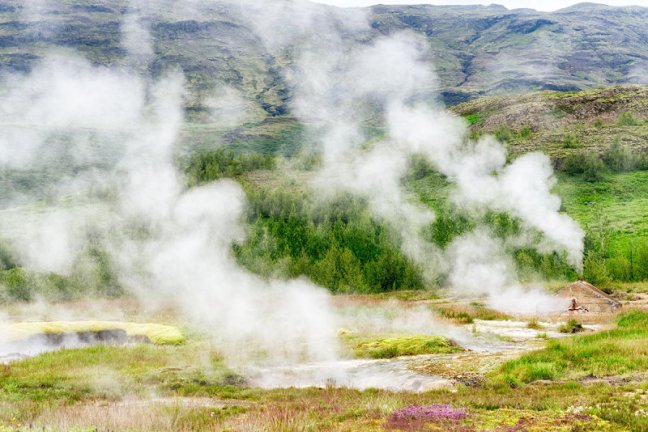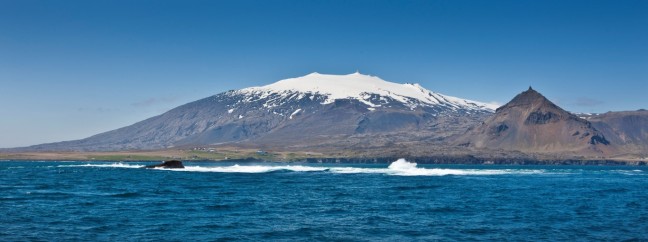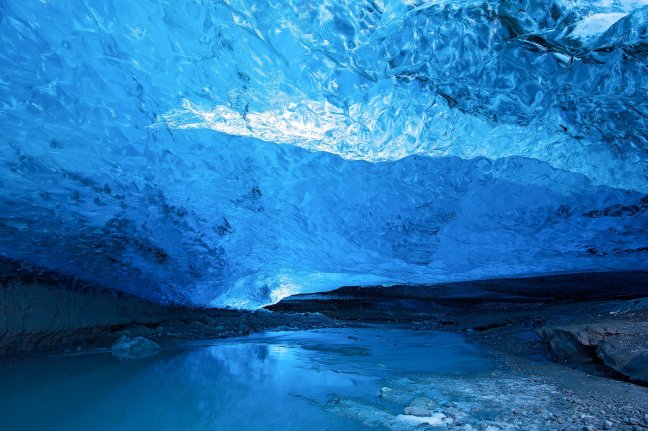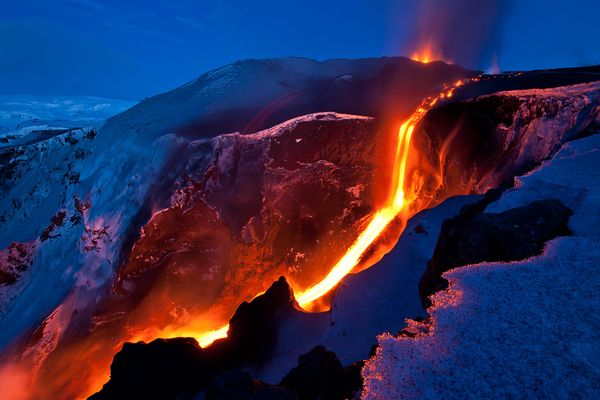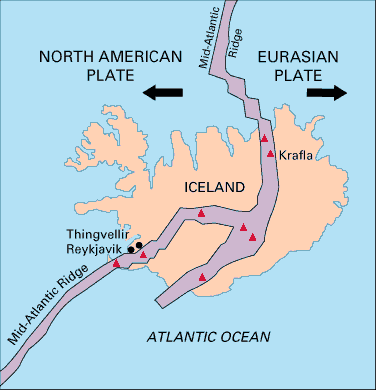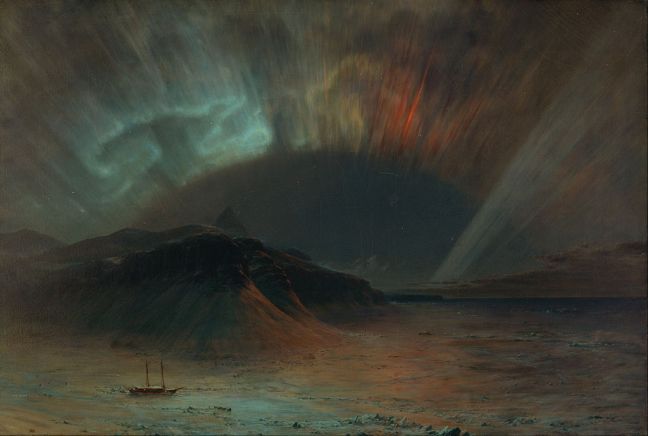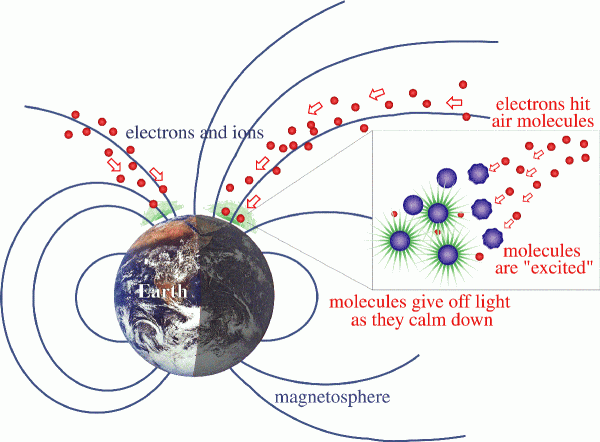I’m planing to visit Geysir in Haukadalur. This geysir is, in a way, The Geyser of the world because it was the first known geyser to modern Europeans and the one that all the others got a name after. English word geyser originate from the Icelandic verb geysa, “to gush” (gjósa).
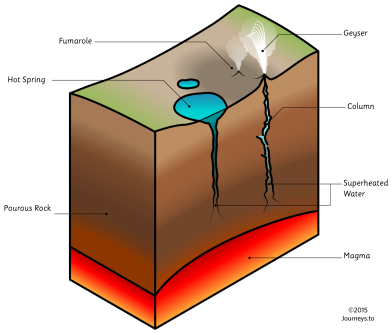
Secret of a geyser is in pressure. But for geyser to form, we need two things. Water supply and heat supply. Water supply would be some underground river flow, and heat supply the most wondrous of them all – volcano. So, if you have these two under a surface mixing up, you have a great chance for geysir to pop out. As water is heated up by magma under the surface, on a very limited space, it starts to boil and expand. Pressure is growing and water is trying to come out. Once it finds its way up, it can reach remarcable heights. The biggest geyser ever known was Waimangu Geyser in the Taupo Volcanic Zone on New Zealand’s North Island. It was active for a very short period of time, between 1900 and 1904 and its eruptions were up to 450 meters high.
Back to Haukadalur. Although Haukadalur is a name for three different areas (in region of Snæfellsnes, peninsula Westfjords and Golden Circle) the one I’m planning to visit is valley Haukadalur which is part of the Golden Circle. This is the most popular locality for tourists. Haukadalur is geothermal area active since 1294 when local hot springs were activated by earthquake.
The Strokkur and the Geysir are two biggest geysers. Although Geysir is bigger it erupts rarely, unlike Strokkur which erupts every 5 to 10 minutes. There are also more than 40 other fumaroles, little hot sprigs, mud pots and nearby.
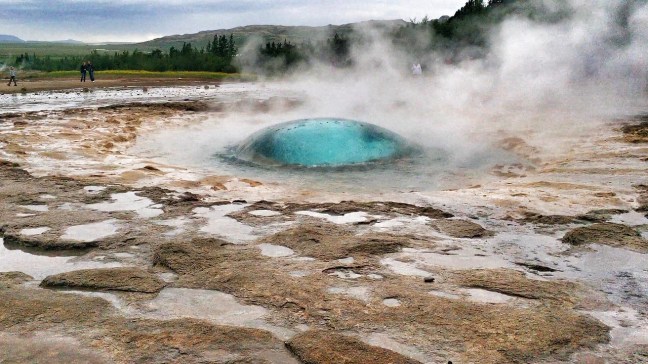
A fumarole (ultimately from the Latin fumus,” smoke”) is an opening in a planet’s crust, often in the neighborhood of volcanoes, which emits steam and gases such as carbon dioxide, sulfur dioxide, hydrogen chloride, and hydrogen sulfide. The steam forms when superheated water vaporizes as its pressure drops when it emerges from the ground.
